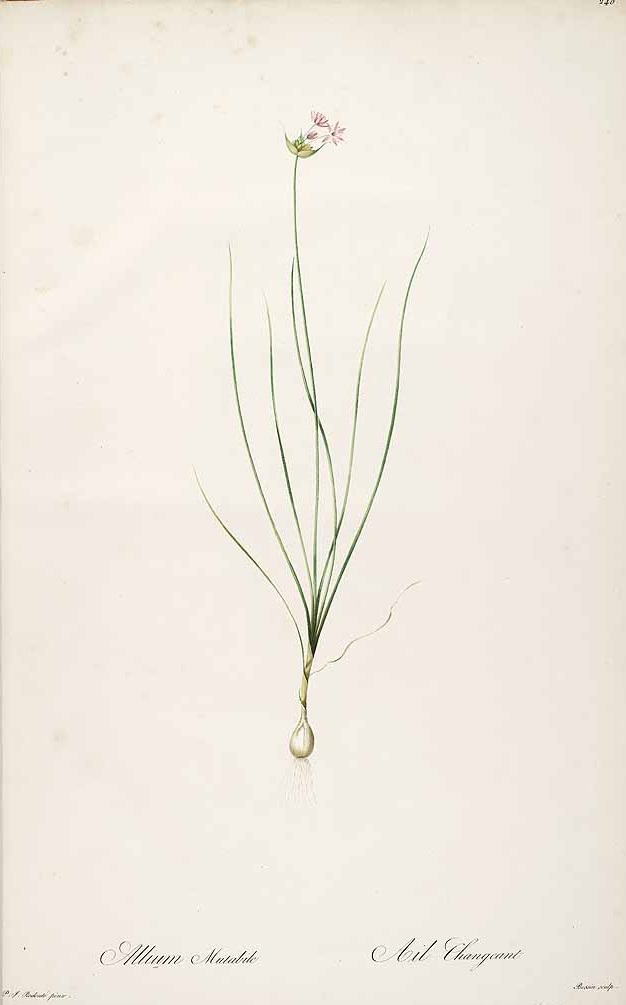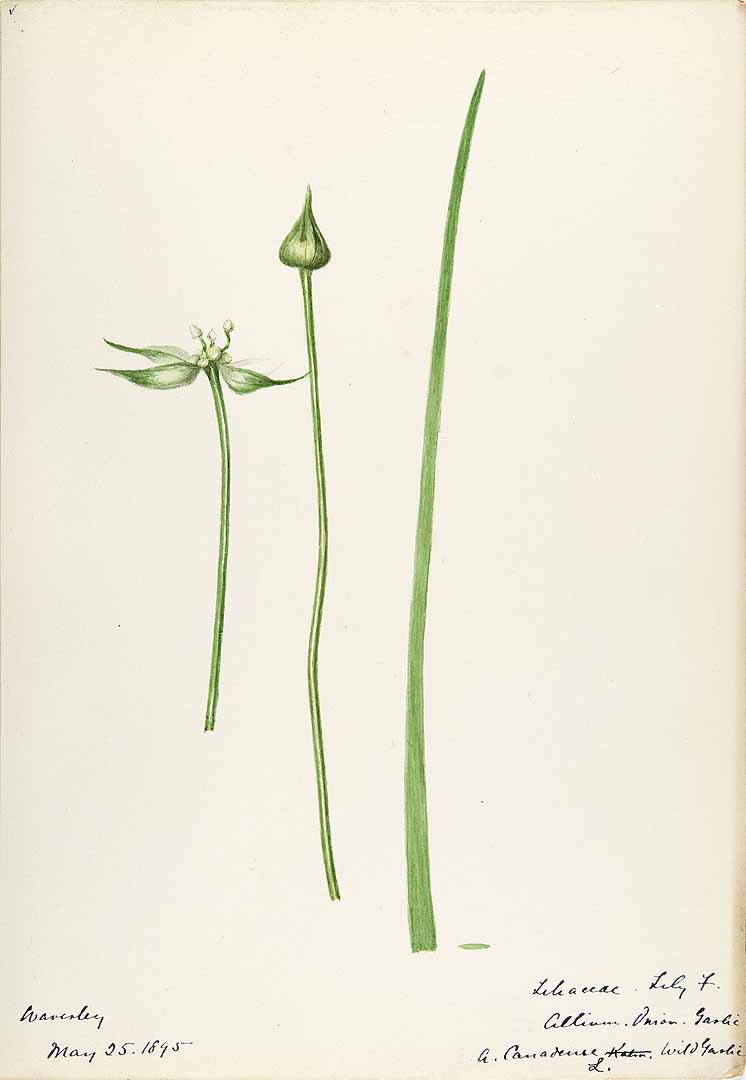! Nouveau site ici !
Vita > Plantae > Magnoliophyta > Liliopsida > Liliales > Amaryllidaceae > Allium

 suivante
suivante




| Taux d'humidité | Énergie (kj) | Énergie (kcal) | Protéines (g) |
| / | / | / | / |
| Pro- vitamines A (µg) |
Vitamines C (mg) | Fer (mg) | Zinc (mg) |
| / | / | / | / |

